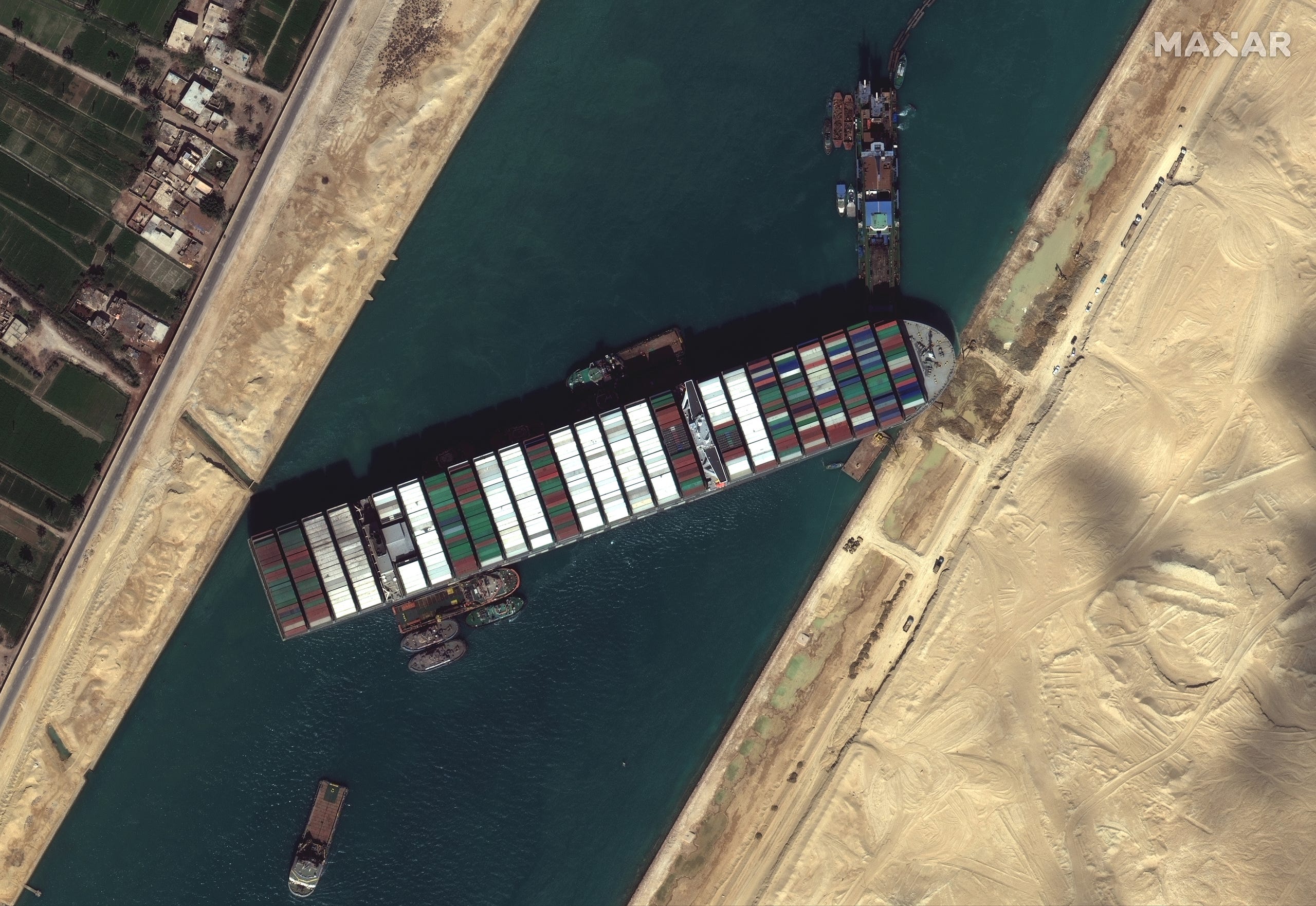Written on: May 1, 2021 by Nicholas Georges
Over the last year, I’ve written multiple columns about the end-of-life of aerosol products, including the recycling of empty aerosol cans and States’ adoption of the U.S. Environmental Protection Agency’s (EPA)i rule to add aerosol cans to their universal waste programs. The disposal of a product and how that impacts the environment are important to a product’s sustainability story, but they are not the only parts.
The sustainability of an aerosol product includes the packaging and the chemistry (both the formulation and the propellant). For an aerosol product to be sustainable, the supply chain of its entire delivery system must be resilient. Companies need to be able to maintain business operations, fulfill customer orders in a timely manner and mitigate supplier challenges. The goal when building a supply network is to have partners and procedures in place that keep the flow of materials and products running smoothly, but this can be a challenge even under normal circumstances.
The COVID-19 pandemic has highlighted the fragility of the supply chain and the importance of minimizing stressors to ensure the reliability of the overall supply channel. The world has faced unprecedented challenges due to the disruptions caused by COVID-19 and resulting lockdowns. Employees and communities must always come first, but many businesses needed to adjust quickly to new virtual worlds. The supply chain was forced to pivot to focus on key ingredients and products, which has made it more susceptible to external factors. Disruptions continue to create shortages in the marketplace, cause delays to production and order fulfillment and increase costs that will eventually be passed down the supply chain.
I previously wroteii about the importance of mapping out the entire supply chain, but there are other important procurement strategies that also can play a role. When selecting partners and suppliers, companies often make decisions between single or multiple sources of materials, local or global sourcing and various contignecy plans. Robust and resilient supply chain management will not only consider its current supply chain, but also the future.
However, there are trade-offs when making these decisions. For instance, a global supply chain approach provides more options than a local supplier. As a result though, the increased transportation to move these materials increases energy and emission costs and exposes the supply chain to more unpredictable changes. Who could have guessed that a deep freeze in Texasiii or a container ship stuck in the Suez Canaliv would significantly impact global trade?

Who could have guessed that a container ship stuck in the Suez Canal would significantly impact global trade?
Making these decisions can become more difficult when looking into the sustainable practices of suppliers and ensuring that they align with your own. It’s important for companies to set and promote sustainable practices—both environmentally and socially— mot just for themselves, but for their entire supply network. This should include setting long-term sustainability goals, ensuring that their network fits into an overall sustainability strategy and working with suppliers to build sustainability programs if they do not already exist.
While the pandemic, the weather and an unfortunate shipping accident have caused plenty of constraints on the overall supply chain in the last year, a supplier with less than desirable practices can also cause plenty of headaches. No company wants their reputation damaged because an upstream supplier has unacceptable social or environmental practices.
Collaboration throughout the supply chain and within industry—by sharing best practices can help reduce the impact of these challenges and help grow the industry. I would like to invite everyone to participate in a conversation to discuss these best practices, as well as end-of-life aspects for aerosol products, at HCPA’s virtual Mid-Year Meeting on May 24– 27. For more information or to register, please contact me at ngeorges@thehcpa.org. SPRAY
i EPA’s Increasing Recycling: Adding Aerosol Cans to the Universal Waste Regulations
can be found here.
ii Pressure Points; SPRAY–February, 2021
iii Tullo, Alexander H. “Texas Petrochemical Production is Still Thawing.” Chemical
& Engineering News. Volume 99, Issue 11. March 24, 2021.
iv Stahl, George. “Ship Stuck in Suez Canal and Chip Shortages: What Global Supply- Chain Problems Mean for You.” The Wall Street Journal. March 26, 2021.